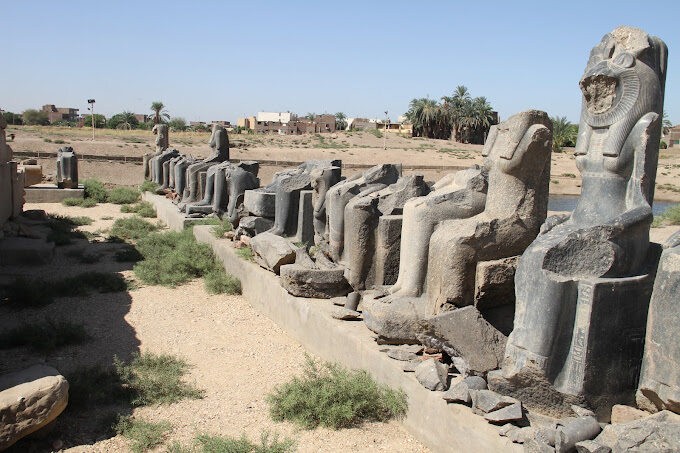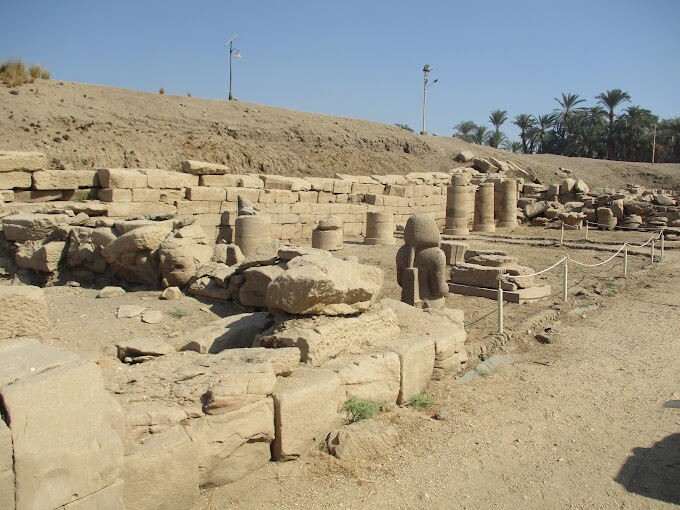Temple of Mut
Discovering the Temple of Mut
The intriguing archaeological monument known as the Temple of Mut is situated in the ancient Egyptian city of Luxor and offers important insights into the social, political, and religious customs of the time. The temple, dedicated to the goddess Mut, served as a prominent religious site, political hotspot, and commercial nexus.
The first Temple of Mut at Karnak was a minor temple close to the greater Temple of Amun, which was constructed during the New Kingdom era approximately 1400 BC. It eventually grew bigger nevertheless, almost matching the size of the nearby temple. Mut was a strong goddess of maternity and fertility who was adored for her strength and protectiveness. She was frequently portrayed as a lioness or a lady with a lion's mane.
The main place of devotion for Mut was the Temple of Mut, which was closely related to the bigger Temple of Amun in Karnak. Thebes, the ancient Egyptian capital during the New Kingdom, was home to these two temples, which collectively served as the city's religious hub.

Architecture of Mut Temple
The temple, which consists of a network of interconnecting courtyards, halls, and shrines decorated with elaborate carvings and paintings, is well known for its outstanding architecture and exquisite artwork. Amenhotep III constructed the impressive hypostyle hall, which was subsequently expanded by rulers like Ramesses III and has large columns supporting the ceiling.
Detailed carvings and paintings that reflect ancient Egyptian mythology, tales of gods and goddesses, and the history of the temple's building cover the walls of the temple. A noteworthy piece of art at the Temple of Mut is a relief sculpture that shows the goddess Mut as a lioness with a pharaoh standing in front of her. It is recognised for its vivid realism and attention to detail.

Understanding ancient Egypt's culture and religious customs can be gained through visiting the Temple of Mut. In addition to being a site of prayer, the temple served as an important political and economic hub. The priests of the temple had important positions in ancient Egyptian culture, governing the temple, monitoring the festivals, and managing the large estates and farms that supplied the temple with resources and food.
All in all, the Temple of Mut is a captivating archeological site that gives a brief look into the mind boggling society of old Egypt. Its great engineering, spellbinding fine art, and job as a strict, financial, and political focus make it a fundamental asset for history specialists, archeologists, and anyone with any interest at all in old history. Assuming you have the potential chance to visit Luxor, the Temple of Mut is a high priority site that will develop your comprehension and enthusiasm for old Egyptian culture and history.